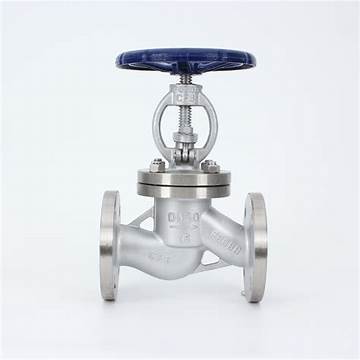Non-Return Valves - Ensure One-Way Flow with Reliable Performance
Understanding Non-Return Valves Essential Components in Fluid Systems
Non-return valves, commonly known as check valves, are vital components in various fluid systems. Their primary function is to allow fluid to flow in one direction while preventing backflow. This characteristic is crucial for maintaining system integrity and ensuring the efficient operation of pipelines, pumps, and other fluid handling equipment.
How Non-Return Valves Work
Non-return valves operate based on a simple yet effective mechanism. They typically consist of a valve body with an internal disc, ball, or diaphragm that opens towards the direction of flow. When fluid moves in the intended direction, the valve opens, allowing smooth passage. Conversely, if the flow reverses, the internal mechanism closes tightly, thus preventing any backflow. This action helps to protect pumps and other equipment from damage caused by reverse flow, which can lead to operational failures and costly repairs.
Types of Non-Return Valves
There are several designs of non-return valves to cater to different applications. The most common types include
1. Swing Check Valves These valves feature a hinged disc that swings open and closed. They are suitable for low-pressure applications and offer minimal resistance to fluid flow.
non return valve

2. Ball Check Valves These utilize a spherical ball that moves to prevent backflow. Ball check valves provide a tight seal and are often used in high-pressure systems.
3. Lift Check Valves These valves have a disc that lifts off its seat when fluid flows in the correct direction. They are often used in vertical piping systems.
4. Diaphragm Check Valves These employ a flexible diaphragm that responds to pressure changes, providing a reliable sealing mechanism.
Applications of Non-Return Valves
Non-return valves find applications across various industries, including water supply systems, wastewater treatment, chemical processing, and HVAC systems. They are essential in preventing contamination, protecting equipment, and ensuring safety within the systems they serve.
Conclusion
In conclusion, non-return valves play a crucial role in fluid systems by preventing backflow and ensuring smooth operational processes. Understanding their function, types, and applications is essential for engineers and technicians involved in fluid handling and management. Selecting the right type of non-return valve can lead to enhanced system performance, reduced maintenance costs, and increased longevity of equipment. As industries continue to evolve, the importance of reliable fluid control solutions like non-return valves will only continue to grow.
-
The Key to Fluid Control: Exploring the Advantages of Ball Valves in Industrial SystemsNewsJul.09,2025
-
The Versatile World of 1, 2, and 3 Piece Ball ValvesNewsJul.09,2025
-
Stainless Steel Ball Valves: The Ideal Choice for Efficient Flow ControlNewsJul.09,2025
-
Optimizing Fluid Control with Ball Float ValvesNewsJul.09,2025
-
Manual Gate Valves: Essential for Control and EfficiencyNewsJul.09,2025
-
Everything You Need to Know About Butterfly ValvesNewsJul.09,2025
-
The Versatility of Wafer Type Butterfly ValvesNewsJul.08,2025




